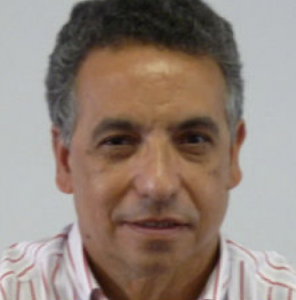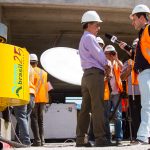Profile: Marco Juliani

By: Bruno Camarão / Universidade do Futebol
In the mid-1990s, when the main soccer stadiums in the State of São Paulo were closed for lack of security, the necessary awareness alert was sounded. Investing in the safety and maintenance of venues hosting major local games should be a priority for association leaders and responsible institutions.
Seasons and seasons later, the scenario signals for some changes. Many of which are motivated by catastrophes, behavioral differences in the supporters and the economic value of having a large sports square. Back then, some had already noticed this priority: Marco Juliani was one of those people. A civil engineer graduated from the São Carlos School of Engineering (USP), with a doctorate from the Polytechnic, in São Paulo, he was directly linked to the process of revitalizing the structure of the Morumbi stadium, one of those temporarily closed during the period.
The tricolor house was Juliani’s starting point in football. Since then, at the head of IEME Brasil, a consulting engineering company, he has provided services to large undertakings in the field, such as the Canindé, Palestra Itália and Pacembu stadiums in São Paulo, in addition to the Engenhão and Maracanã stadiums in Rio de Janeiro and the Olímpico stadium in Porto Alegre.
By means of an equipment called Vibrodina, of Italian origin, the so-called dynamic load is provoked in a certain structure – in the case of stadiums, in the numbered stands. A vibration and accelerometer data acquisition system completes the process. In this interview with Universidade do Futebol, Juliani talks in more detail about this work, the importance of carrying out a methodology in Brazil for assessing the structural conditions of stadiums and what the reality is on the eve of the 2014 World Cup.
Access the PDF file here.
Read more

IEME at the Olympics Inspection of the Deodoro Sports Complex The Deodoro Sports Complex, located in Vila Militar in Rio de Janeiro, hosted 11 Olympic sports and four Paralympic sports during the 2016 Games. The... 
2014 World Cup Arena Corinthians under inspection The safety of Arena Corinthians, the opening stage of the 2014 World Cup, was evaluated by our team through a forced vibration test. For this, Vibrodina was used,...
